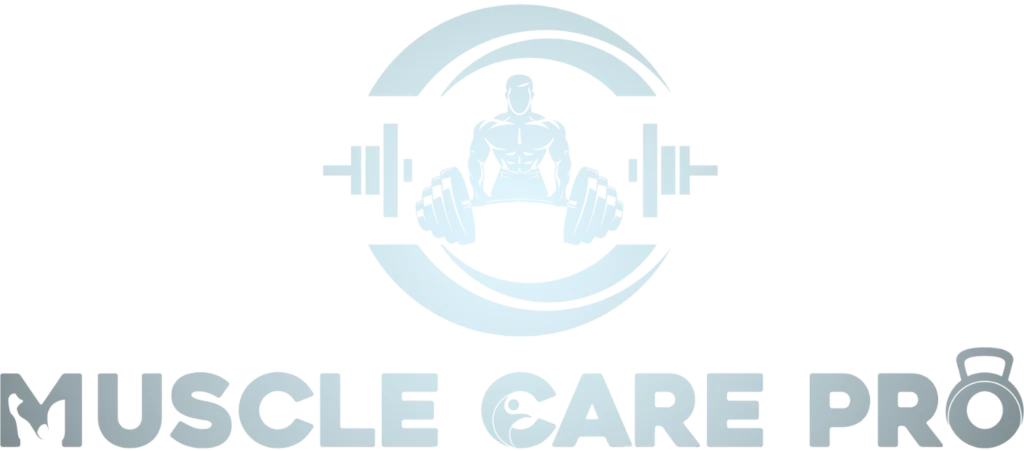What Muscle Groups To Workout Together
Exercising multiple muscle groups at the same time ensures optimal time usage and improved muscle recovery. Crossovers of muscles such as chest and back, legs and shoulder, or push-pull combination exercises are typical forms of pairings.
Do you need to know which muscle groups work can be trained together? Selecting the correct combinations can enhance and optimize your training. Find easy combinations for simple and effective workouts! Let’s explore your fitness potential.
Working out with different muscle groups together can improve the effectiveness of your workout. For instance, most people combine chest and back muscles, or legs and shoulder muscles. This makes it possible to provide equal growth and allows for quicker recuperation. Additionally, managing vertical and horizontal workouts also helps to increase the effectiveness of the training.
Muscle Groups
Muscle groups are defined as collections of muscles that are coordinated together in the performance of certain movements. Primary muscle groups include the chest, back, legs, arms, shoulder, and core. Each of these groups is important to the overall function and strength of a body. For example, the pushing motion would involve the chest muscles, while the pulling motion would require the back muscles. When these groups are understood, balances and workouts are enhanced.
Working on the right muscle group or muscle groups work brings out optimum results. For instance, leg workouts do not only work on the legs but also help in increasing one’s core stability and strength. Such workouts that involve the upper regions of the legs include squats and, to a lesser extent, calf raises. Likewise, training the arms and shoulders will yield results in strengthening the upper region of the body. An approach that engages all the muscle groups and proportionate exercises benefits the whole body and minimizes chances of getting an injury.
Upper Body Workout
Chest (e.g., push-ups)
It’s also possible to engage in breast exercise in a group. To work out chest muscles, pushing up from the floor would do well, and this one could be fitted into anybody’s level of fitness. Togetherness in exercises is very encouraging and motivates the cyclists to work out more and even maintain the focus. Even common tips and talking to one another during breaks can make the workout session more intense and give a sense of togetherness.
Back (e.g., pull-ups)
Back muscle exercises allow strengthening the muscle mass around the spine as well as preventing curvature of the spine. For example, pull-up exercises are efficient for building the upper back region as well as developing bicep muscles. Such exercises are difficult but can be scaled down with the usage of resistance bands for the starters. The addition of back workouts aids in the improvement of the overall strength and stability.
Shoulders (e.g., lateral raises)
Shoulder exercises can be enjoyable as well as efficient when performed in a group. For example, lateral raises are good shoulder muscle workouts. This activity also allows the participants to encourage one another and even correct each other’s postures. Such a setting makes shoulder training more enjoyable and leads to full engagement of the members.
Lower Body Workout
Quadriceps (e.g., squats)
The quadriceps are the predominant muscles located at the fore of the thigh. Squats are primarily used to develop and enhance muscular strength and endurance of the quadriceps. Other muscle groups engaged during this particular exercise are the gluteus and the core muscle group for general support. With regular practice of squats, an individual’s physical capabilities as well as the range of motion of the joints are likely to enhance.
Hamstrings (e.g., deadlifts)
The muscles on the rear side of the thigh are referred to as the hamstrings. They are important muscles for flexing the knee and extending the hip joint. Workouts in groups can have variations such as deadlifts and leg curls to focus on the hamstring muscles. The members are able to enhance each other’s training and maintain the correct positioning during the exercises when they work out together.
Antagonistic Muscle Group Pairing
Antagonistic muscle group pairing is a method that allows to work out opposite muscle groups during a single workout. For example, biceps are often trained with triceps because one muscle group can rest while the other is being worked out. This system can help balance muscles and increase efficiency when working out. It allows for faster recovery from exercises and less fatigue during workouts.
Benefits of using antagonistic pairs include excellent muscle-building effects. You can also keep the tempo and concentration up if you use this method. It works great for the upper body when there are two antagonistic groups, for instance, chest versus back and shoulders versus abs. Adding such antagonistic pairs can add more spice and fun to your workout regime.
Conclusion
Combining the correct muscle groups to develop any fitness activity can be an added advantage. For example, working out the biceps and triceps muscle groups further helps to increase the efficiency and balance of working the opposing muscle groups. This method also helps in recovering faster and increasing strength more effectively.
Including multiple muscle groups in your workouts makes it more fun. It could be upper and lower body or certain muscle pairs; whatever the case may be, the principle of variety remains. Overall, a good training program translates into a more impressive physique and a healthy body.











